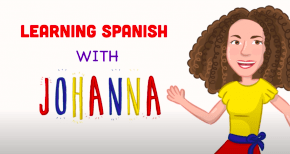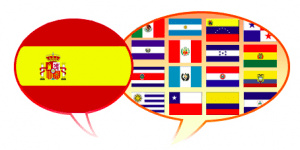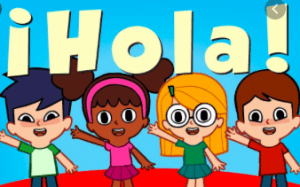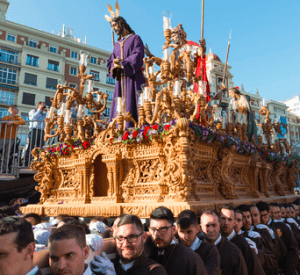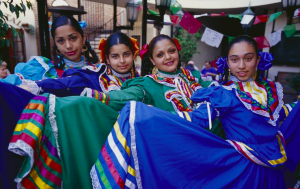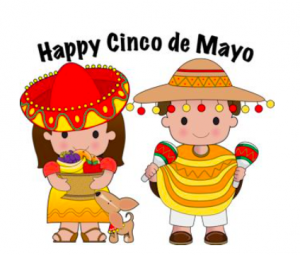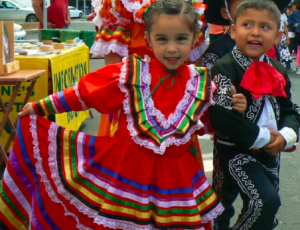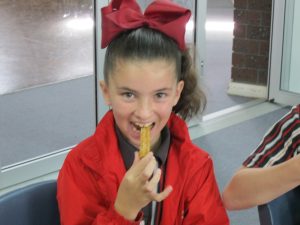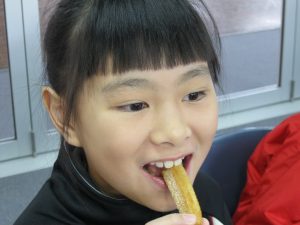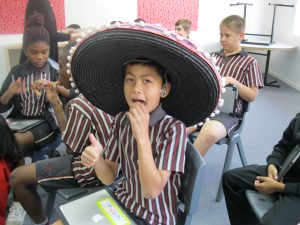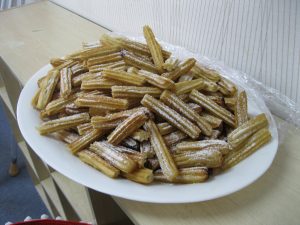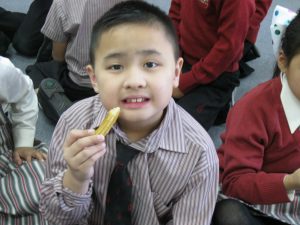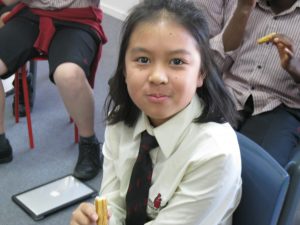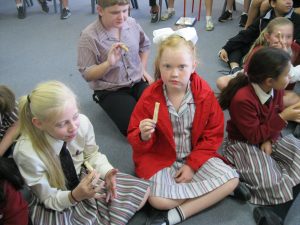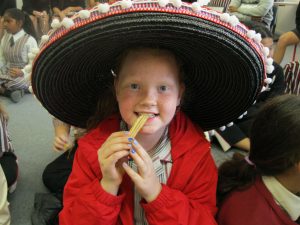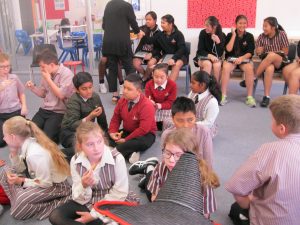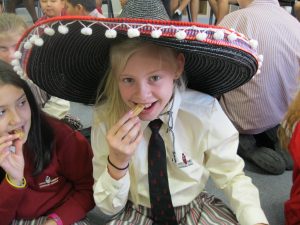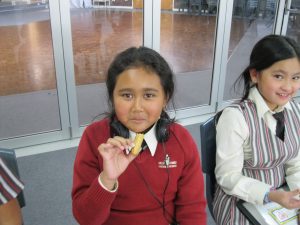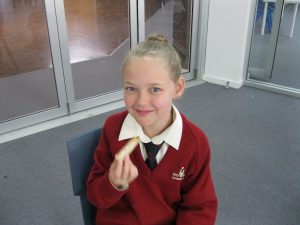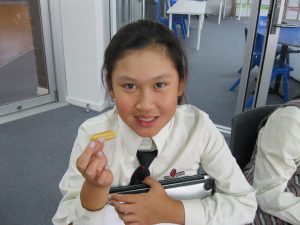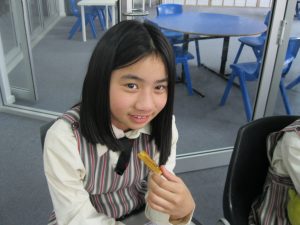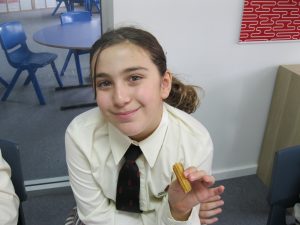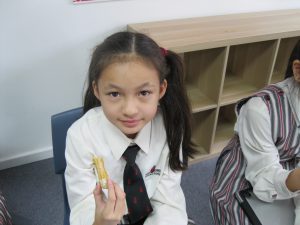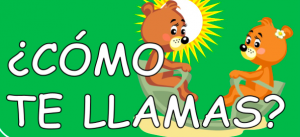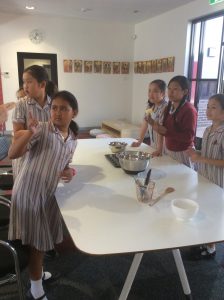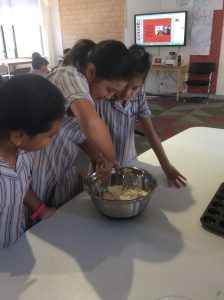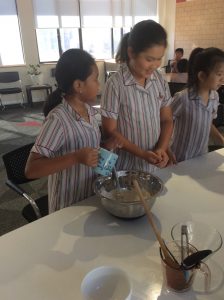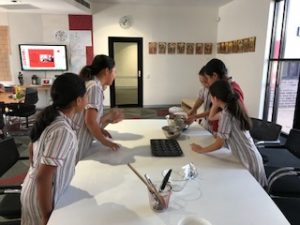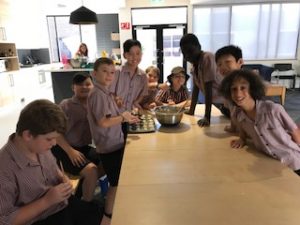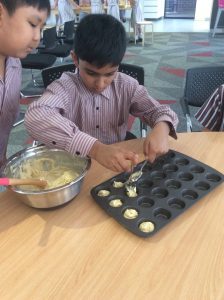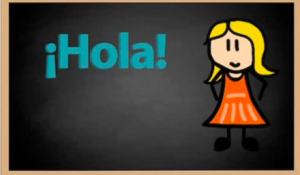El Dia de los Muertos – The Day of the Dead

Introducing students to new and exciting celebrations encourages curiosity and respect for cultures that they aren’t very familiar with.
Día de los Muertos (Day of the Dead) is celebrated every year on November 1st and 2nd in Mexico and other Latin American countries and communities. These dates correspond with the Catholic celebrations of All Saints Day and All Souls Day. It is believed that during these two days the souls of the dead are allowed to return to the world of the living and visit their families.
As part of the festival families will come together to celebrate and remember family members and loved ones who have passed away, and although it is a time for people to reflect and remember, it’s also a celebration.
It’s a joyous occasion, filled with traditions for honouring and celebrating the lives of deceased family and friends.
Traditions of Día de los Muertos
In preparation for the arrival of their loved ones, families clean and decorate their homes and graves.
Altars are created to welcome the souls’ home and include ofrendas (offerings) such as marigolds, calaveras de azúcar (sugar skulls), candles, incense, paper or clay skeletons, papel picado (paper cuts), water, foods, and objects that represent things the person enjoyed while living.
Pan de muerto
A special sweet bread, pan de muerto (bread of the dead), is baked in the weeks leading up to the celebration and included on the altar. The dome-shaped loaf is crowned with dough shaped bones and dusted with sugar. Smaller loaves are moulded into different shapes, like animals and skeletons.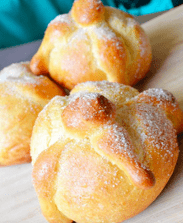
Day of the Dead ‘Coco’ celebrates Mexican Culture
Coco delivers a beautiful animated tale centered around the Mexican tradition of the Day of the Dead. It introduces a wide audience to many of the important traditions associated with this celebration.
Coco is a vibrant and emotional film about the Mexican traditions and customs associated with El Dia de los Muertos.
How Coco pays tribute to The Day of the Dead
The Day of the Dead / El Dia de los Muertos. A bilingual celebration by Bob Barner and translated by Teresa Mlawer contains simple English rhymes translated into Spanish. Calaveras dance and play music as they accompany two children throughout their day while they celebrate the traditions of their ancestors.
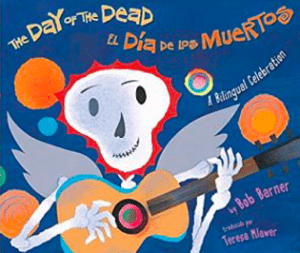
https://www.youtube.com/watch?v=rNHWnv3TRxA&t=8s
Vamos jugar! – Let’s play!
Day of the Dead – Juegos (Games)

http://www.hellokids.com/t_7397/day-of-the-dead
Vamos a colorear! – Lets colour!

http://es.hellokids.com/r_1465/dibujos-para-colorear/fiestas/dia-de-muertos
Buscapalabras – Find-a-word

How to draw a Day of the Dead Girl



